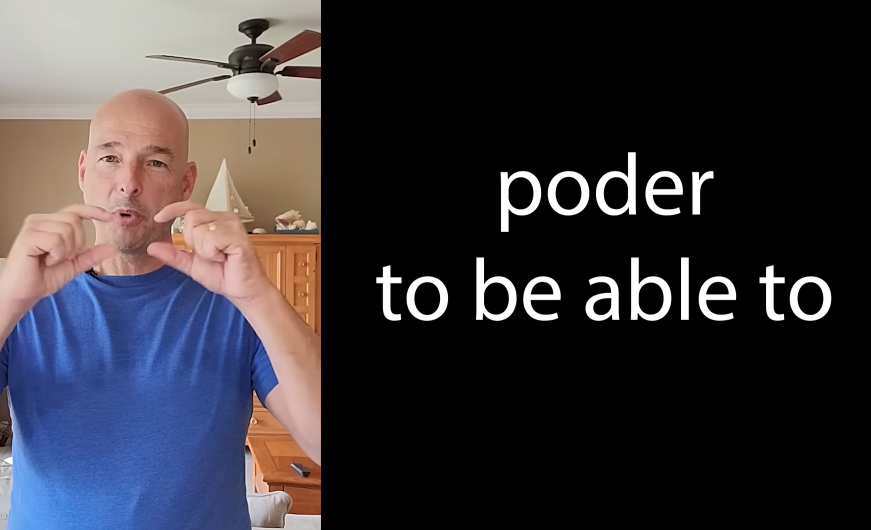
Learning a new language is an exciting journey filled with exploration, growth, and cultural enrichment. When it comes to Spanish, the diverse and melodious Latin American variant offers a world of opportunities. Whether you’re a beginner or looking to enhance your existing skills, this guide will help you embark on the path to speaking Spanish with confidence.
Why Learn Spanish?
With over 460 million native speakers, Spanish is the second-most spoken language in the world. Spanish , in particular, carries its own unique charm, peppered with regional accents, expressions, and cultural nuances that reflect the diversity of the continent. From the lively streets of Mexico to the picturesque landscapes of Argentina, learning Spanish opens doors to communication, understanding, and appreciation of a rich heritage.
How Can I Learn Spanish?
Immerse Yourself in Content
Surround yourself with Spanish media like movies, TV shows, music, and podcasts. This exposure enhances your listening skills, helps you absorb natural conversational patterns, and expands your vocabulary.
Online Language Platforms
Embrace technology by enrolling in online language platforms. Apps like Duolingo, Babbel, and Rosetta Stone offer interactive lessons, quizzes, and exercises tailored to your learning pace.
Language Exchange Partners
Connect with native speakers through language exchange platforms. Engaging in conversations with them not only sharpens your speaking skills but also provides cultural insights.
Enroll in Courses
Consider enrolling in structured online or offline Spanish courses. Many universities and language institutes offer comprehensive programs designed to take you from basics to fluency.
Practice Regularly
Consistency is key. Dedicate a fixed amount of time daily to practice reading, writing, listening, and speaking. Regular practice accelerates your learning curve.
Travel and Immerse
If circumstances allow, visit a Spanish-speaking country. Immersing yourself in the culture and using the language in real-life situations boosts your confidence and proficiency.
Building Your Vocabulary
Flashcards
Create flashcards with Spanish words on one side and their meanings on the other. Review them regularly to reinforce your memory.
Labeling
Label objects around your home with their Spanish names. This visual association aids in retaining vocabulary.
Reading
Start with simple books, newspapers, or online articles in Spanish. Gradually increase the complexity of the material as your skills improve.
Navigating Grammar
Verb Conjugation
Verbs are the backbone of any language. Focus on learning common verbs and their conjugations to form sentences.
Tenses
Begin with essential tenses like present, past, and future. As you progress, explore more complex tenses to express different nuances.
Practice Speaking
Shadowing
Listen to a Spanish audio and repeat the sentences immediately after, mimicking the pronunciation and rhythm.
Record Yourself
Record your voice as you practice speaking. Playback allows you to identify areas for improvement.
Conversational Groups
Join or form Spanish-speaking groups. Regular conversations with peers help you practice in a supportive environment.
Stay Patient and Persistent
Remember, language learning is a marathon, not a sprint. There will be moments of frustration, but embracing challenges is part of the process. Celebrate small victories, and don’t be afraid to make mistakes—each one is a step toward mastery.
In Conclusion
Embracing Spanish is an exciting endeavor that broadens your horizons, deepens your understanding of culture, and enriches your life. By immersing yourself in the language, staying committed to consistent practice, and seeking out various resources, you’ll be well on your way to confidently speaking and engaging in meaningful conversations in Spanish. So, take the first step, and ask yourself, “How can I learn Spanish?” The answer lies in your dedication and willingness to explore the captivating world of Spanish . ¡Buena suerte! (Good luck!)



